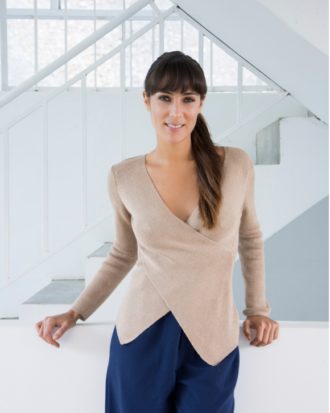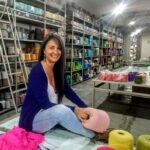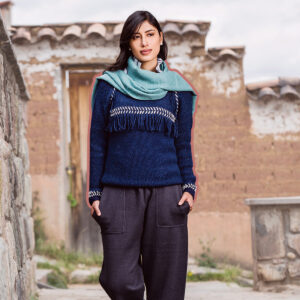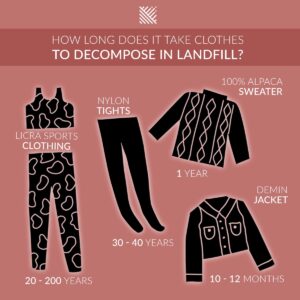Sadith Silvano and the vision of the art of the Peruvian Jungle
Where does the Shipibo Konibo culture come from?
The Shipibo Konibo people are an ethnic group from the Peruvian Amazon that live on the banks of the Ucayali River.
I have seen that you have many artistic expressions: you dance, you recite poetry, you embroider and paint about the jungle identity. Tell me which artistic expression is the one that you are most passionate about and when you discovered that you are passionate about that expression of art?
Well, our mother, our grandmother, our sisters pass on ancestral knowledge to us. They prepare us at the age of 5. As women, we spend more time with the mother, they teach us that if we learn and practice the respective knowledge it will be very useful for an independent life. I come from a family with ancestral knowledge, so I learn to dance, the songs and the drawings. What I am most passionate about is embroidery. I have worked on co-creations with brands. Everything I do is with love and passion. I have also been the image of the Bicentennial in Peru.
We would like to know about your cosmovision of things. How do you see the urban world of the cities and the natural world of the jungle? Which one do you like the most?
The cosmovision is very important, thanks to the healing powers of the medicinal plants that we have. Plants are very important. They are hidden pharmaceuticals, although I think nobody cares about that. Since our childhood, my mother, my father and I were healing ourselves with them. This is very admirable all over the world! What I see in the city is stressful. There is no freedom. I was born in Paoyhan but I live in Cantagallo. The city taught me to fight for my family, to be strong and this is what I am doing.
Do you think that textile art, the work of artisans is remunerated well and fair for the artist? Would you like that to change?
For me textile art is very important. Everything we do takes time and has a process. First we, as artisans, get inspired, then we design and finally we embroider which can take up to 3 days. Our work is not valued. People don’t see the work. They think it’s like a quick process and they don’t value the effort. I would like the government to provide health insurance for master craftsmen.
How long have you been practicing textile art applying embroidery, paints, needles and fabrics?
I work in art since I was a child. As I highlighted to you I learned starting from the age of 5. Today I am 32 years old. They acknowledged my artisan work for the first time in 2011. I started working in different brands, where I embroidered for them and practiced dances as small jobs. Art has always been the most important thing for me. Everything is beautiful when you do it with passion. Everything is an expression for itself, embroidery speaks for you. It Hypnotizes people with beauty and everything flows. That is not just me, we are all female artists who would like to be valued and supported. Buy our art!






















